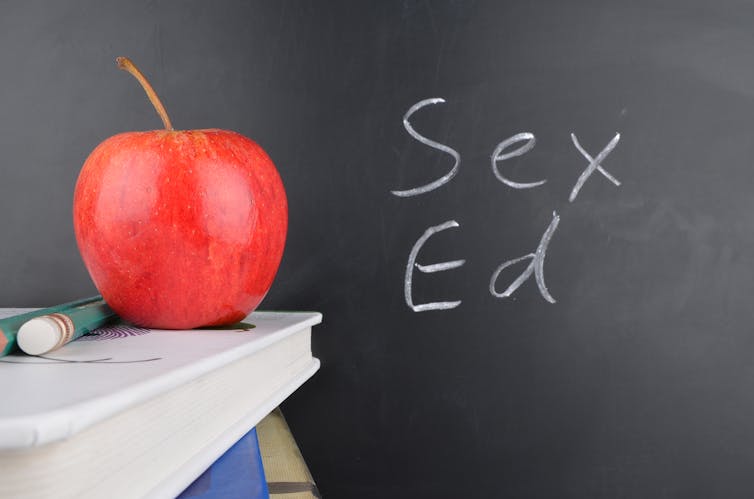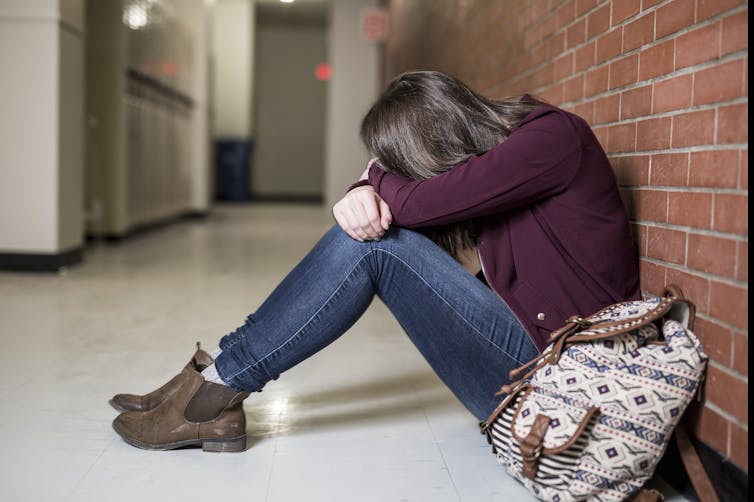Schools urgently need to tackle rape culture by educating pupils about online world
By Blog Editor, IOE Digital, on 12 April 2021
12 April 2021
By Tanya Horeck, Jessica Ringrose and Kaitlynn Mendes
After weeks of national discussions about women and girls’ safety, the term “rape culture” has made headlines again. This time it relates to widespread reports of sexual violence against teenagers in secondary education, some of which include Britain’s most prestigious fee-paying schools.
The revelations came after Everyone’s Invited, a website and Instagram page dedicated to giving students a platform to report cases of sexual abuse and harassment, became inundated with testimonies in recent days.
Many girls who’ve spoken up have demanded that sexual violence and gender inequality be openly discussed and tackled by school leaders, while MPs have called for an inquiry. Yet it seems there’s an emerging argument that the real issue is not an ingrained culture of unhealthy sexual attitudes but how much exposure teenagers have to pornography and explicit images. As scholars investigating these issues, we’ve looked into the role that issues like unchallenged rape culture and online explicit materials play in influencing these harmful behaviours.
Student protests over sexual violence show how urgently schools should tackle these issues. Young people’s online and offline lives are inseparably intertwined, and it’s important to deliver relationships and sex education within this context. This means focusing not only on young people’s digital interactions but what they do offline as well.
Rape culture and teens’ everyday lives
Rape culture “condones, excuses, tolerates and normalises” sexual violence. Although feminists have been referring to rape culture since the 1970s, many have connected with the concept in recent years, particularly since the #MeToo movement. Namely, because it helps people understand toxic sexual behaviours and how they’ve been normalised in society at large – and in many schools.
For young people, rape culture is, unfortunately, part of everyday life and it’s increasingly perpetuated online. As shared on Everyone’s Invited, for example, girls are sometimes coerced online into sharing nude images of themselves. Not only are they harassed by partners and peers into sending these photos, but they receive them too. Other examples include girls receiving unwanted sexual messages via personal messaging services and social media.
Our UK survey of 336 young people in 2020 found that 32% of girls said they’d received a photo of a penis that they didn’t want. Also called ”cyberflashing“, this increased during lockdown, and is often a gateway to more violence and abuse.
While mainstream internet porn can also perpetuate rape culture due to its tendency to promote harmful narratives like rape scenarios and generally sexist content, it’s too easy to scapegoat it as the main cause of sexualised violence.
Sex education is also relevant here. The government’s updated relationships and sex education guidance for the new curriculum in England encourages schools to emphasise relationships and sex education to children, while underlining the negatives of porn.
But as we’ve noted elsewhere it includes no advice to help teachers cover these issues, or information about why it’s important to do so. Instead of just condemning internet porn, young people need education about sexual consent online and offline from an early age so they have the tools and resilience to manage sexual dynamics and scenarios.
The government also needs to invest in sex education that focuses on gender equality. A start in the right direction is the UK Council for Internet Safety’s recent guidance on ”sharing nudes and semi-nudes“, which acknowledges how pervasive intimate image-sharing is among young people.
If government policy is going to continue to prioritise relationships and sex education, the new curriculum has to deal with some difficult issues, including how school lessons should tackle the issue of sexual violence. Separately, to discourage a culture of silence in education, there also needs to be a review of schools with a history of covering up sexual abuse by pupils. Any attempt to meaningfully address these issues must work constructively with schools, rather than demonising them.
As researchers and as a sex education organisation, we’ve worked closely with safeguarding leads, who are the educators responsible for ensuring the safety of children both online and offline in secondary schools. They’ve shown a strong desire to find constructive ways to deal with the growing problem of image-based sexual abuse among students. Chiefly, they lamented schools’ reactive and slow responses about these issues and spoke of how overwhelmed teachers were by the sheer volume of cases.
Without specific plans about how to deal with online sexual harassment more generally, these educators had to use existing internet, e-safety or anti-bullying policies to guide their often piecemeal response to complex incidents among students. We developed guidance on online sexual harassment to try and help.
Sex education in the digital era
In the work we do with young people and the sex education charity, School of Sexuality Education (SSE), we advocate for digital literacy as ”the fourth pillar of education, alongside reading, writing and maths”. Although young people are often considered “digital natives”, platforms and technologies constantly change, and young people need training to safely navigate these spaces.

simez78/Shutterstock
We know from our research that many teachers find it hard to keep up to date – they may have heard of the platforms young people use, but don’t know how they function, or why some might present more risks and harms. They might not be aware of the fact that Snapchat, for example, is one of the worst platforms for cyberflashing, with our “staying safe online” survey revealing that 62% of unwanted sexual content was received there.
Teens also need spaces to understand and unpack gendered sexual expectations and double standards. Identifying who’s most commonly targeted with notions like slut-shaming – when people, namely women and girls, are criticised for being perceived to be overly sexual – could give people a chance to reflect on how they support existing inequalities. Sometimes that’s all it takes to change a person’s behaviour.
These conversations need to take place in non-judgemental environments, in which all young people feel safe and able to ask questions. And critically, the positive messages we teach in class must be echoed across all schools, including re-thinking how children’s rights and consent can be promoted in everyday life, and what could threaten that progress. These forms of education aren’t just vital for today’s issues, but are pathways to recovery in the future.![]()
Tanya Horeck, Associate Professor in Film, Media & Culture, Anglia Ruskin University; Jessica Ringrose, Professor of the Sociology of Gender and Education, Institute of Education, UCL, and Kaitlynn Mendes, Lecturer in Media and Communication, University of Leicester
This article is republished from The Conversation under a Creative Commons license. Read the original article.
 Close
Close




